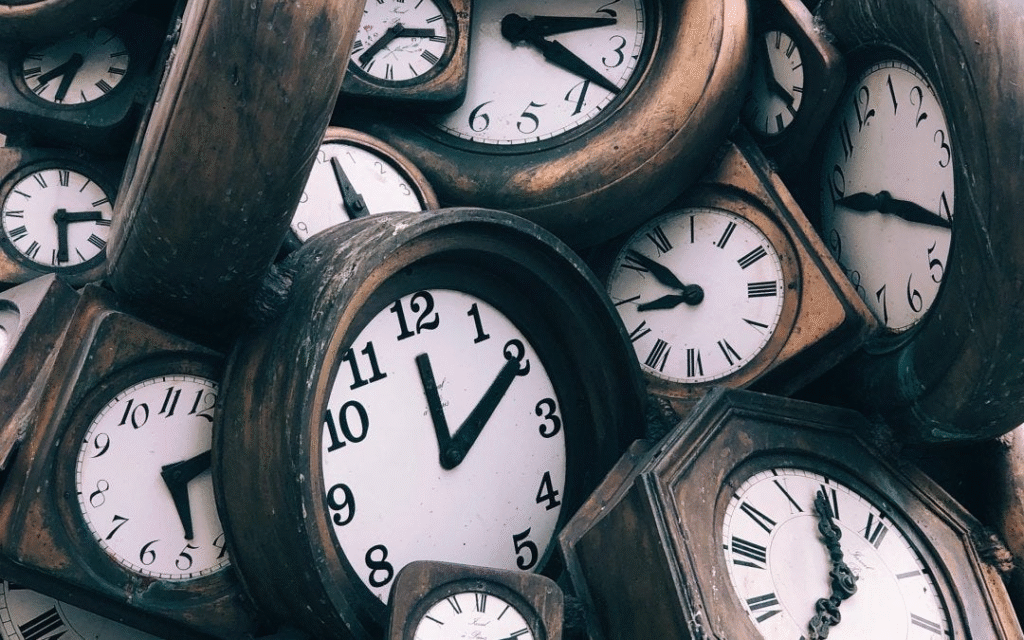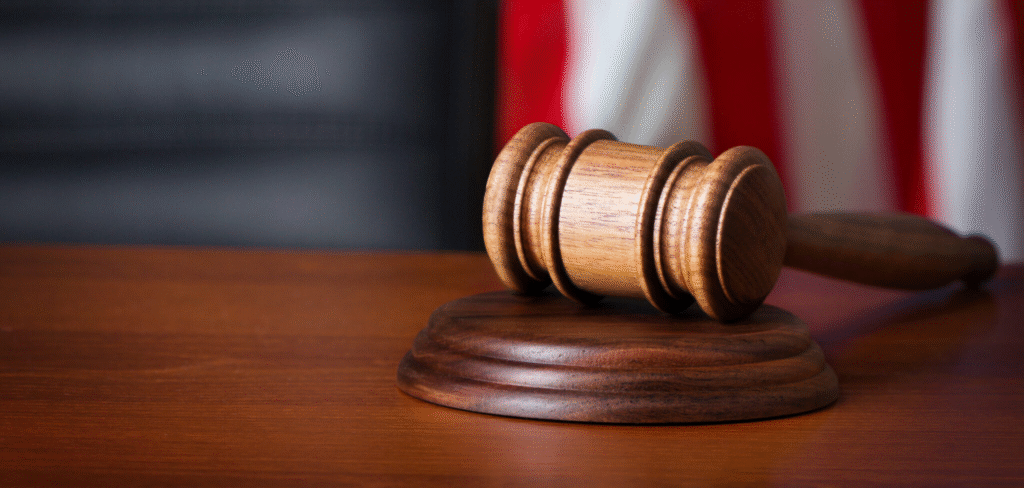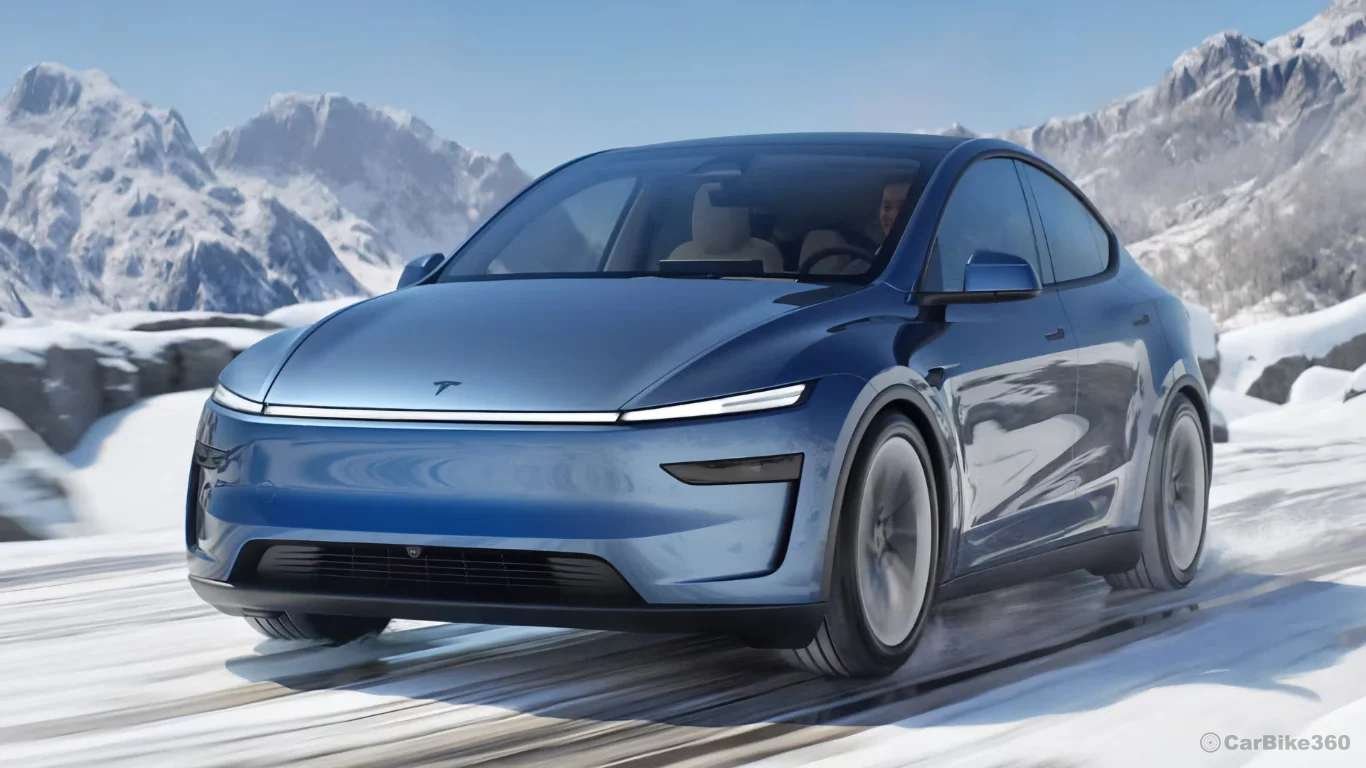In a bold move to show off its self-driving tech, Tesla just delivered a car to a customer — with no one behind the wheel.
Last week in Austin, Texas, a Model Y SUV drove itself from Tesla’s factory straight to a new owner’s apartment. The trip, about 15 miles long, was fully autonomous. CEO Elon Musk called it Tesla’s first-ever “autonomous delivery” of a customer car.
No driver. No remote help. Just the car and the road.
The Drive: From Factory to Front Door
According to Musk, the Model Y used the same software that powers Tesla’s robotaxi trial currently running in parts of Austin. Once it reached the customer, the car was downgraded to Tesla’s regular Full Self-Driving (Supervised) software — which still requires human oversight.
Here’s what makes this trip special:
- The car merged onto highways
- It navigated roundabouts and local streets
- It made a left turn across traffic
- It stopped at lights and took turns on red
All without a driver or remote operator.
Perfect Timing — But Questions Remain

The timing of this delivery wasn’t accidental. Tesla is getting ready to announce its second-quarter sales numbers — which many expect to be underwhelming.
This high-profile drive helped boost Tesla’s stock (at least temporarily), giving the company some positive headlines amid a tough year. Sales have dipped in 2024, and Elon Musk’s public alignment with politics hasn’t helped the brand’s image.
Still, there’s more to this story than a one-time stunt.
The Route Wasn’t Easy
The delivery route ran through South Austin — a part of the city with mixed roads, busy intersections, and real traffic.
Even for a human, it’s not a mindless drive. A 30-minute video shared by Tesla shows the Model Y handling everything smoothly, including highway merges and unprotected turns.
Tesla also shared a sped-up version of the ride that lasts around 3.5 minutes — a visual punch for those curious to see the tech in action.
But Is It Really Ready?
This isn’t the first time Tesla has shown off its self-driving features. Back in 2016, the company released a video of a car “driving itself” through California. But that video turned out to be carefully planned and stitched together from multiple takes.
Tesla’s own engineers later admitted it wasn’t a live, one-shot event.
So now, many are wondering:
- Was this Austin route also pre-mapped?
- Were extra sensors like lidar used to prepare it?
- Can the software do this again and again, safely, without human help?
These are the real questions Tesla has yet to fully answer.
Competitors Are Also in the Game
Tesla isn’t alone in the race to develop true self-driving cars. Companies like Waymo and Zoox are also doing impressive things.
Waymo’s vehicles already operate on highways in Los Angeles, Phoenix, and San Francisco (though mostly for employees right now). Zoox recently ran a driverless ride in Las Vegas through mixed city streets.
What sets Tesla apart — at least for now — is its direct-to-consumer delivery using a live route.
One Flaw… in a Fire Lane
Even Tesla’s most vocal critics had a tough time finding major faults with this drive.
Dan O’Dowd, who’s known for attacking Tesla’s FSD system, pointed out that the Model Y parked in a fire lane when it arrived. Not great, but also not the worst-case scenario.
Considering his group recently tested Tesla’s software by tossing child-sized dummies in front of cars, this feels like a relatively small issue.
Bigger Promises Still Unfulfilled
Let’s not forget — Elon Musk once said a Tesla would drive itself from Los Angeles to New York with no help. That was in 2016.
We’re still waiting.
This latest “autonomous delivery” is a cool step forward, but it’s a long way from a nationwide robotaxi network. Tesla’s Austin robotaxi trial is still limited, and the company hasn’t said how close it is to scaling this up.
What It All Means

This autonomous delivery is a milestone for Tesla — no question. But it raises just as many questions as it answers.
What we know:
- A Model Y drove 15 miles with no driver or remote help
- Tesla says it used the same software as its robotaxis
- The route was real and complex, not just a straight path
- Critics questioned the preparation, but Tesla hasn’t responded
- The delivery ended in a fire lane, but safely overall
Tesla’s robotaxi dream is still a work in progress. But this delivery? It’s real, it happened, and it shows that self-driving cars might not be as far off as we think.
Final Thought
For all the hype and skepticism, this quiet ride through Austin could mark a turning point. If Tesla can repeat it consistently, the robotaxi future may arrive sooner than expected.
